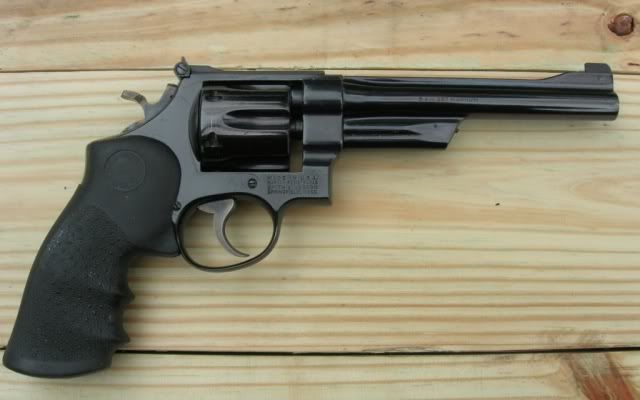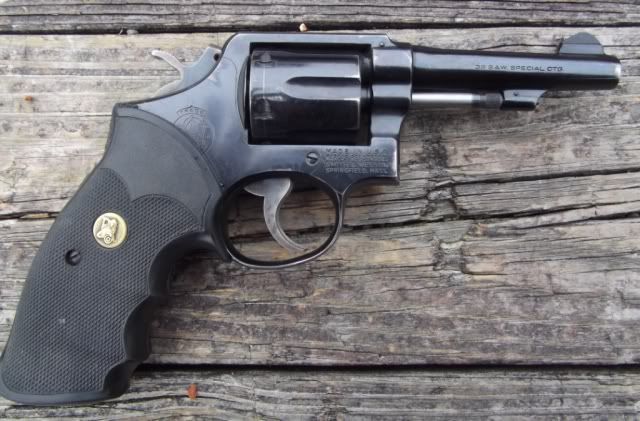I remember reading an American Handgunner sometime after the end of the Bangor Punta era, which would have been after 1984.
http://www.fundinguniverse.com/company-histories/smith-wesson-corporation-history/ This article was extremely critical about S&W revolvers made during the Bangor Punta era, made claims about inferior quality, and how the S&W guns made by the current ownership had corrected all the defects of the bad, bad, Bangor Punta era.
Nothing gets printed in a Gun Magazine that is not positive or the Corporation will pull future advertisements. Gun writers get a low fixed fee for their articles, which reflects the low qualifications of the job. I have never found any board certifications, educational requirements, or industry job qualifications to be a Gun Writer. I consider them in the same class as food critics. To be a food critic, you don’t have to be able to bake a cake, you just have to be able to eat a cake. Lots of people can chew and swallow, and who can’t point a gun, pull the trigger, and spin a great story about the experience? Given the job insecurity of the pack, they are not going to put anything into print that will upset an advertiser and discourage Gun Magazine editors from using them again. The whole process turns them into temporary employees of a Corporate Marketing Bureau. Gun writers are shills for the industry.
After I read the American Handgunner article, I concluded the purpose of the thing was to push the public down to the Gunstore to buy new S&W’s, not those awful “Bangor Punta” S&W’s , which just weeks before, Gun writers and Gun Magazines were praising to the high heavens.
I am certain there were S&W’s from the Bangor Punta era that were turkeys, but I also have read of S&W’s since the Bangor Punta era which the owners claim are turkeys. Many of my Smith's are from the Bangor Punta era and they are excellent pistols. My M27 is one of the finest 357 revolvers I own, and I still love my M66’s. I also have post Bangor Punta era S&W’s and I am happy with them. The latest S&W's have outstanding machining, I never cared for recessed cylinders, they are difficult to clean. I wish they kept the hammer mounted firing pin, the barrel pin, and I don't care for the lock.
I find it amazing how the shooting public believes in print Gun writers to be unbiased and knowledgeable. These guys write infomercials all designed to get the buying public to run down to the gun store and buy something now. Not buy later, but buy now. After the Bangor Punta era ends, one gun writer disrespects that period of S&W, readers take his article seriously to the point of believing it and repeating it. I wish I had kept the article because now I could do a search by author name, and I am certain I would have found the same author praising Bangor Punta S&W’s to the high heavens, during the Bangor Punta era.
My 27-2

This beat to heck M10-5 is one of the sweetest shooting revolvers I have ever owned. I think I have tens of thousands of rounds through it.



